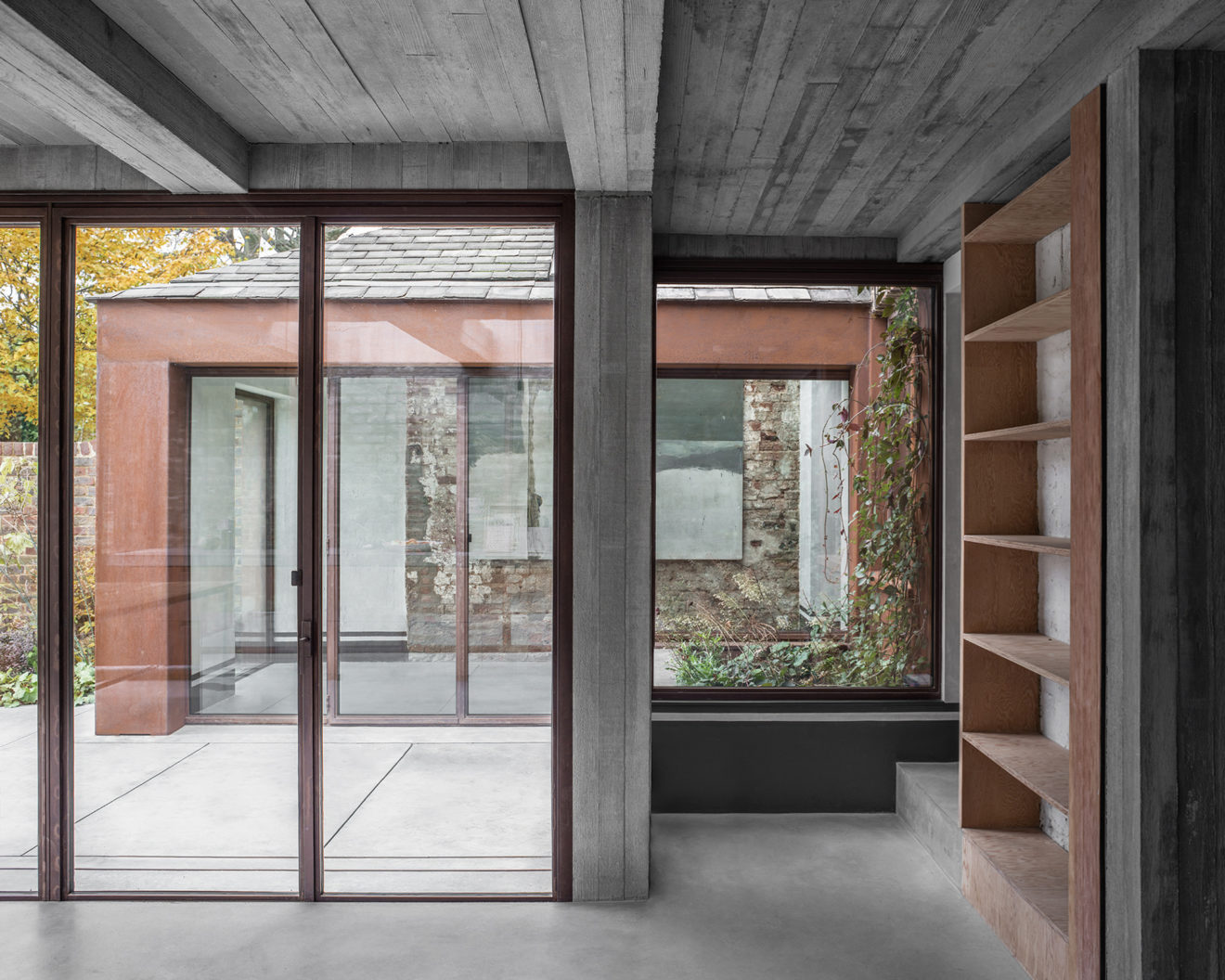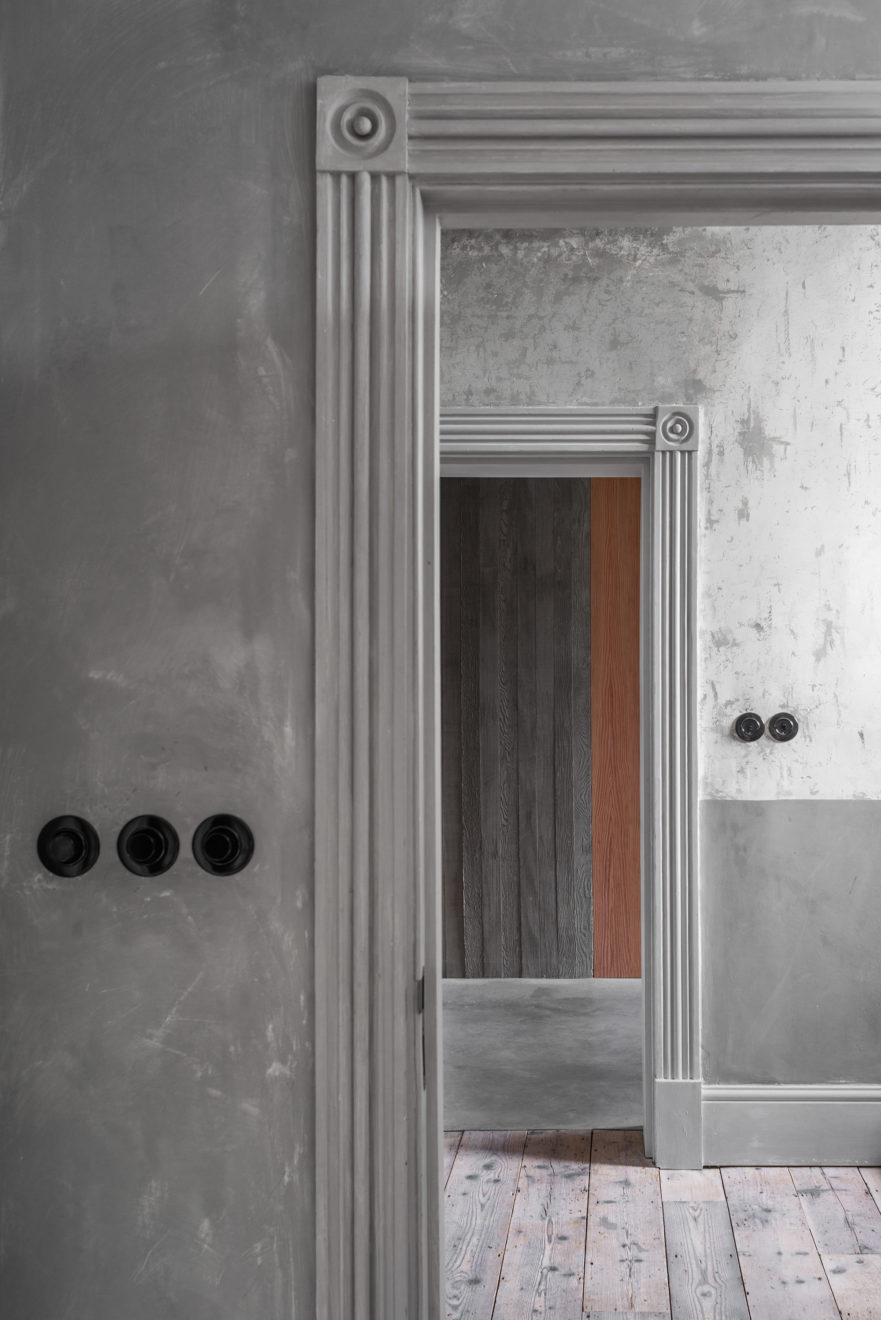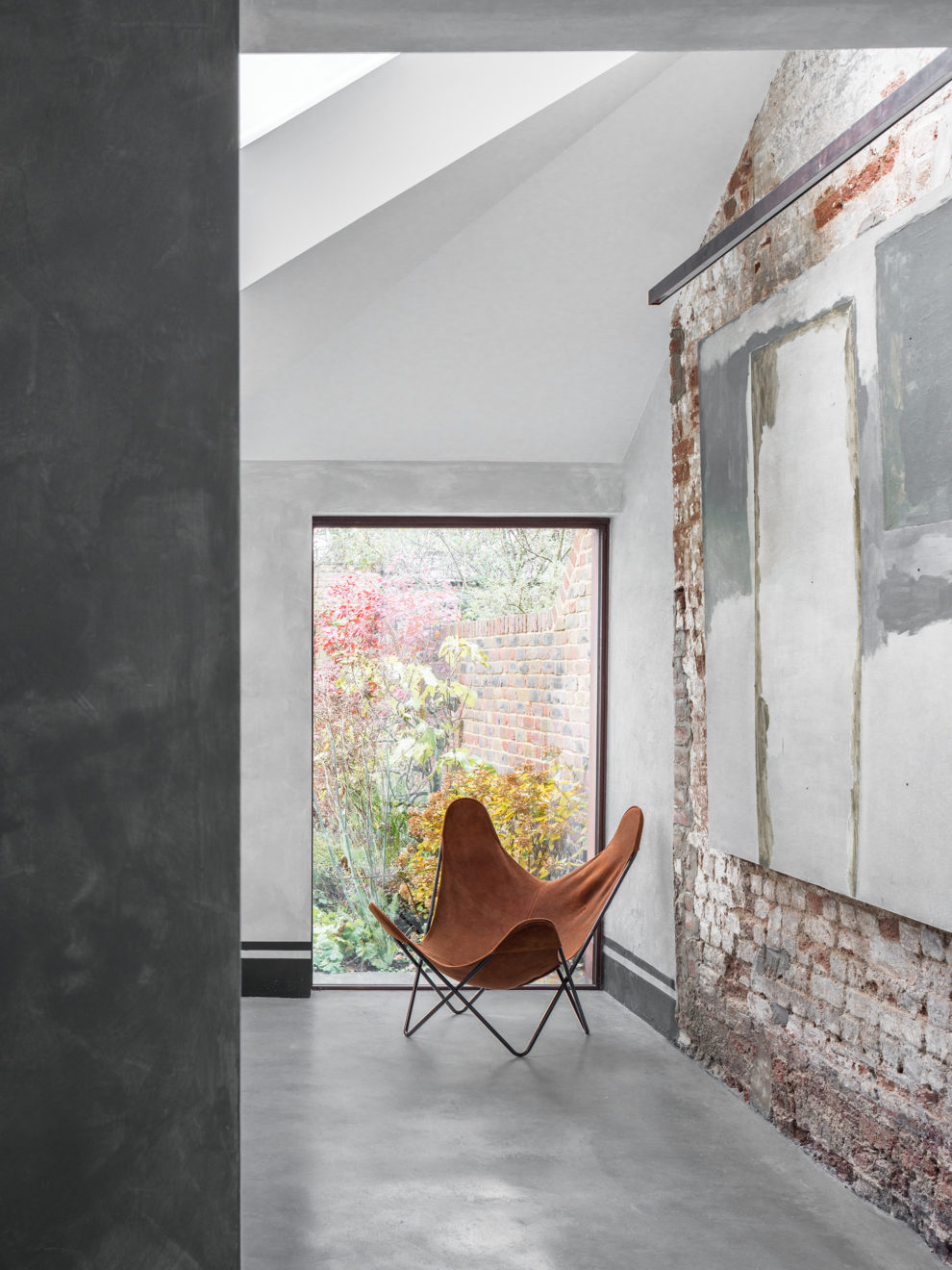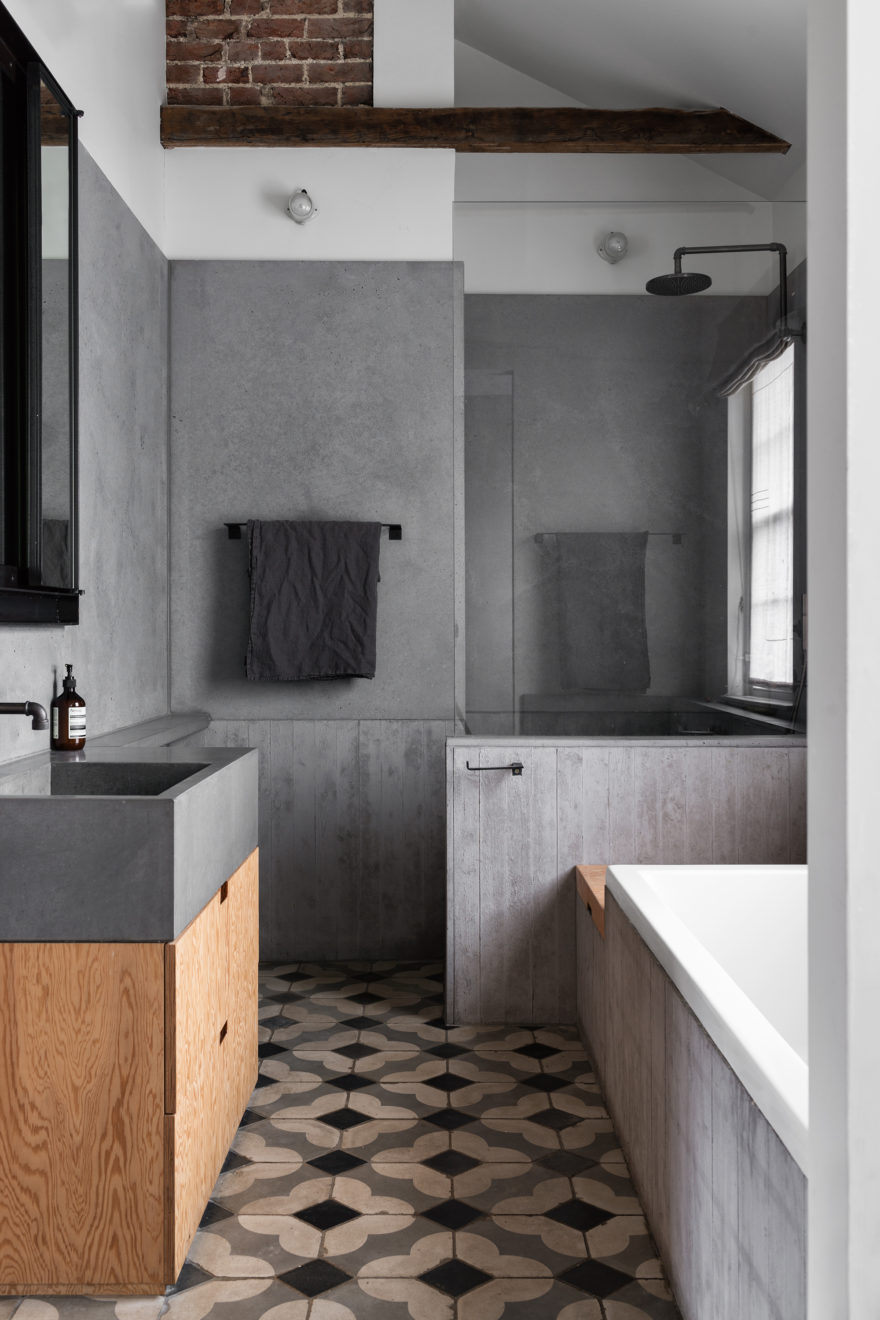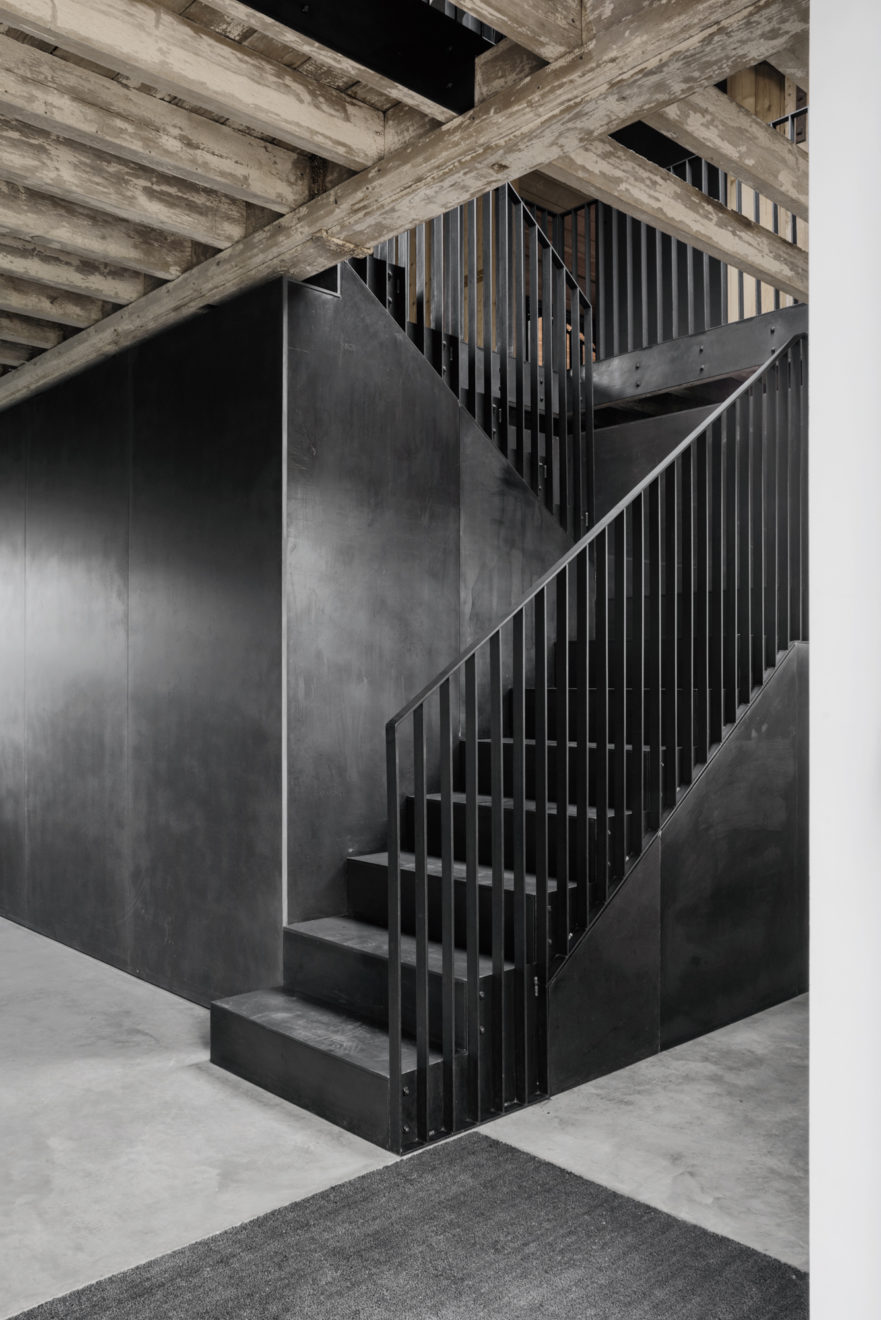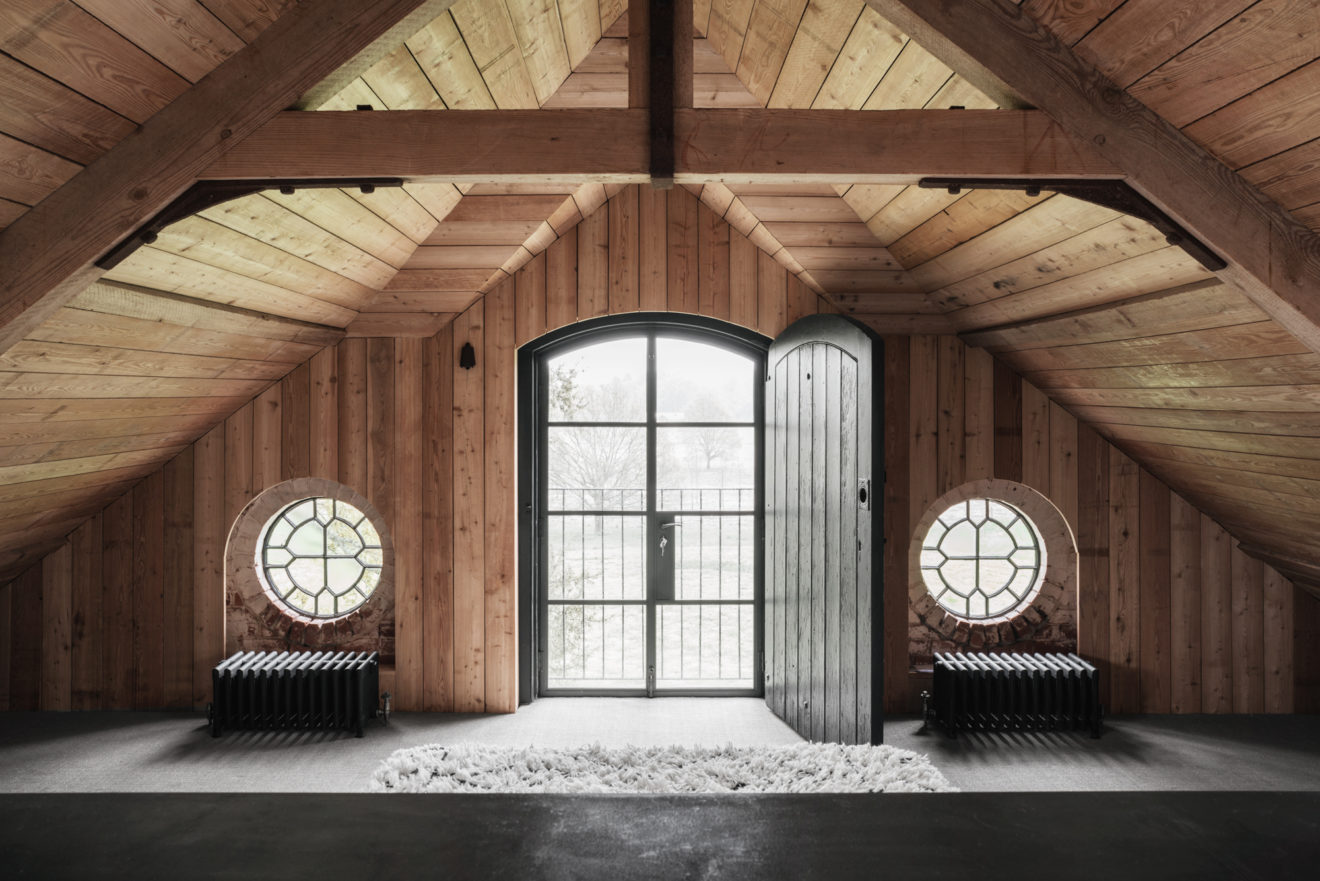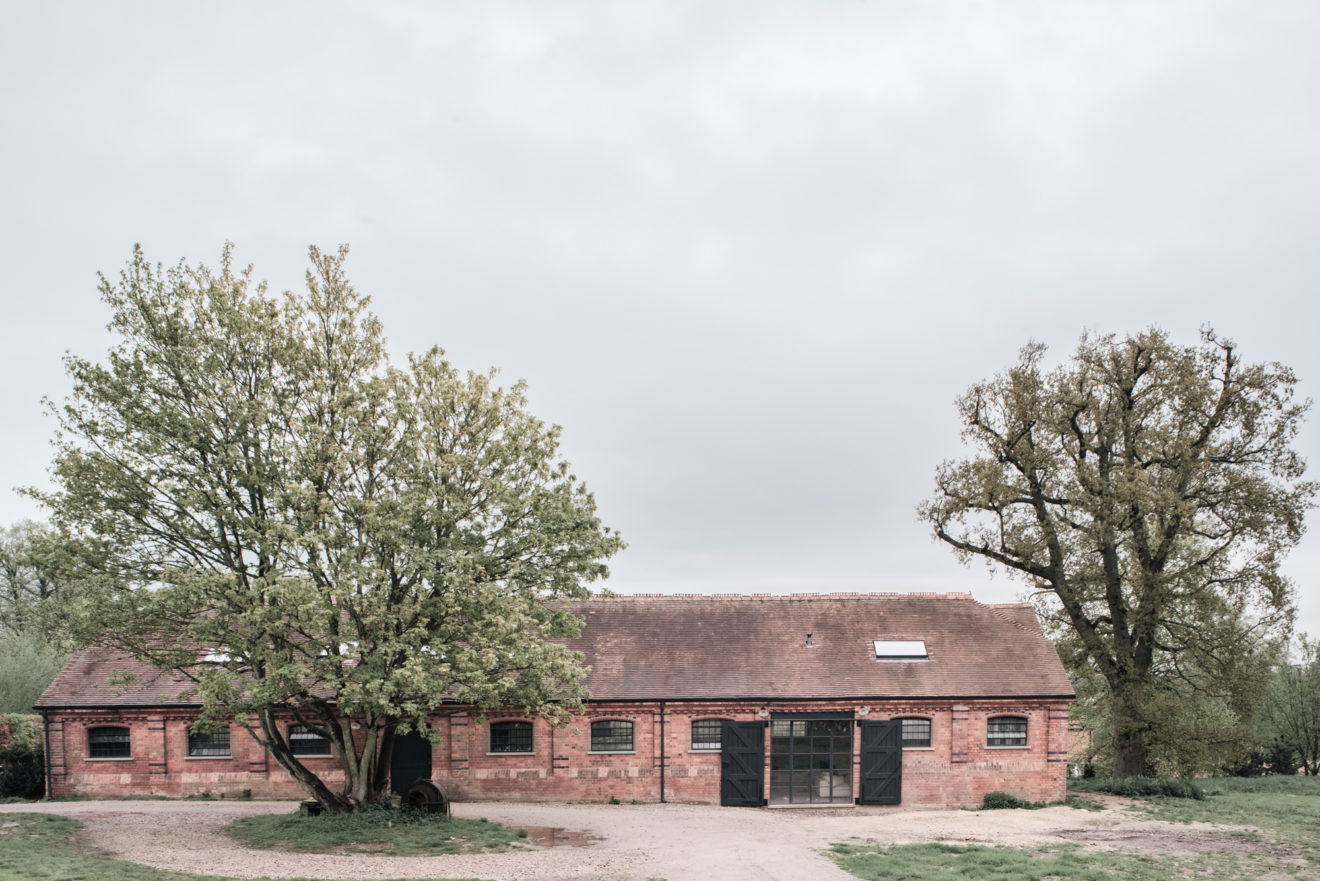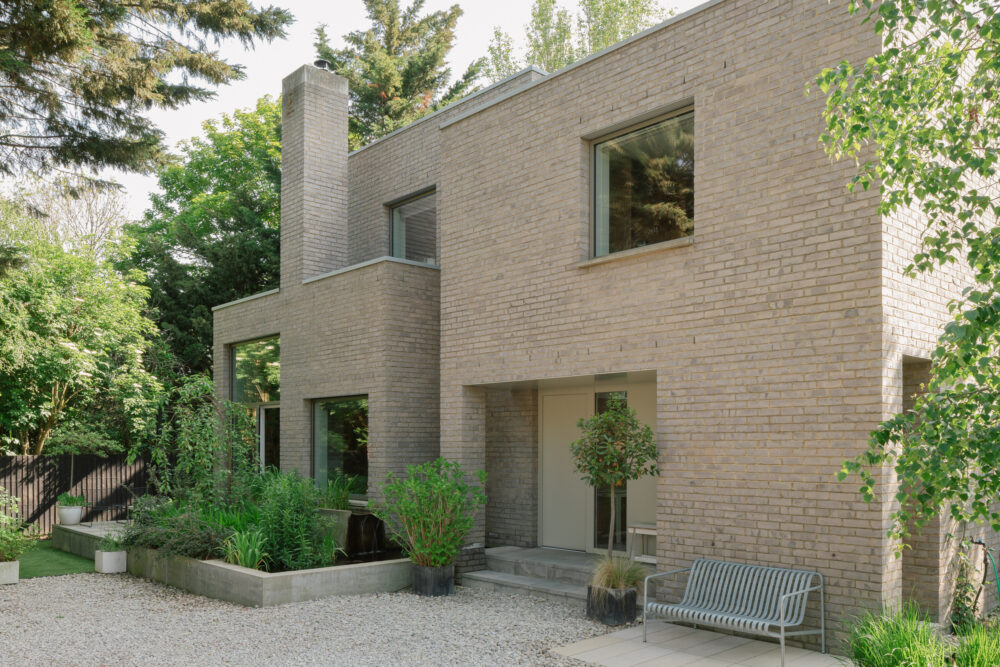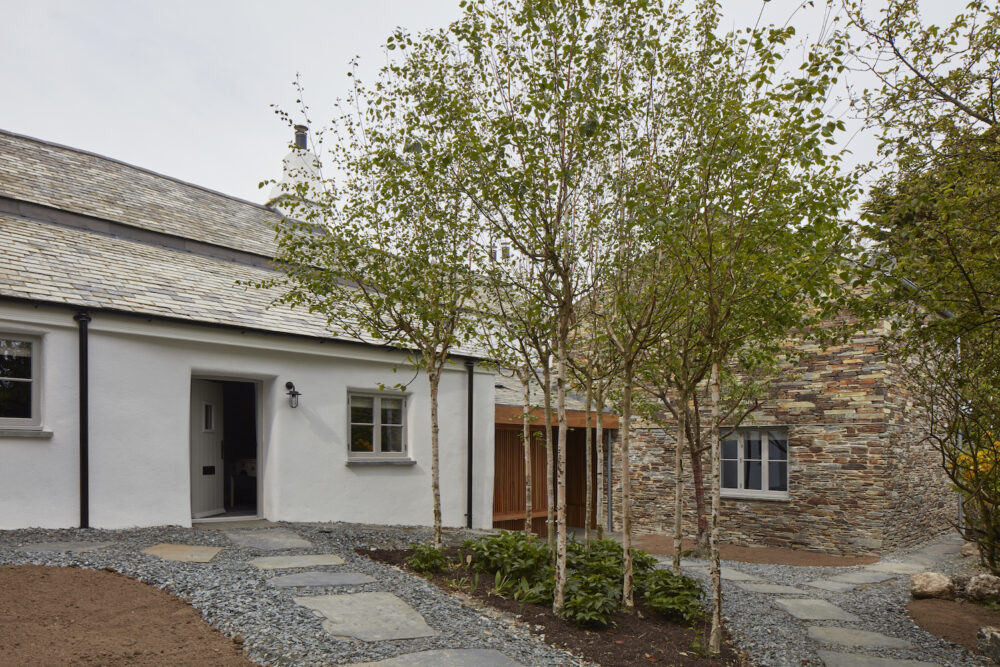McLaren.Excell
Luke McLaren and Robert Excell are the talented design duo behind McLaren Excell – a dynamic award-winning architecture and interiors practice with a sterling reputation for creating spaces that convey, in their words, ‘a calm authority and a finely nuanced sense of place’. Here, they tell us what drives their creativity and who they look up to in the design world.
It’s always hard to comment on your own work – you’d need to ask the people who inhabit it! I suppose we’re always very close to the work and think about it quite deeply, over time. It’s impossible for us to be objective but the hope is that this very personal investment is evident in the final outcome.
Simplicity, and the quality of being quite correct.
Carlo Scarpa, Paulo Mendes da Rocha, Sigurd Lewerentz – the work of these architects has really stood the test of time and all were highly experimental and original thinkers. But it takes time for someone’s work to be fully appreciated, because it has to transcend so many social and historical eras to reveal itself as a truly enduring and original work of art.
We find interest in all our work, each project has its own curiosities. Residential projects allow you quite a lot of freedom – there is more latitude to test ideas, change perceptions and do things which surprise and delight. On the other hand, there is a pace and excitement to commercial work, and often the process itself is as interesting as working on the design. Commercial work has different end users with different behaviours, so at times you have to be careful with what you’re proposing. Neither one is more exciting than the other but, for us as designers, when you have an open-minded client that is when things really start to become exciting.
Downshire Hill, Kew House, Brick Barns and Hunts Green Barn (coming soon!). In terms of why: Mainly because there is a clear and consistent concept in all of them. Our clients embraced the early design phases and that meant we had the time to focus on the detail and delivery. If people jump from one idea to the next then you are never given this opportunity.
When it comes to architecture, wellbeing is a difficult thing to define. Without a doubt, environment profoundly affects our mental wellbeing – for good and bad – but how we design with wellbeing in mind is more to do with intuition than anything else. There are certain tangibles which contribute to a healthy environment, but the essence of wellbeing derives from the alchemy of combining light, space, materiality and scale to create an environment that people respond to positively – subconsciously or otherwise.
Too many to name but the original Whitney Museum of American Art in New York (by Marcel Breuer) is one. An extraordinary building from an extraordinary time. And extraordinary for its time.
We spend a lot of our professional lives designing buildings and their interiors, inevitably, and so collaborating on a garden or landscape design with someone like Tom Stuart-Smith or Piet Oudolf would be extremely gratifying. Change from the everyday is usually a good thing, and a beautify designed garden gives huge amounts of pleasure.
Not really, but getting away from the desk is always a good idea. Good architects and designers tend to be highly observant people, so being closely attuned to the world around you often provokes good thoughts and ideas.
Luke: A musician, most probably. There are a lot of parallels: composition, rhythm, timing, emotion, tension… I could go on.
Rob: Luke went with musician – a nice idea but I wouldn’t know where to start, I’ll go with chef. A good friend called Ross is a chef at the River Café and I’ve always loved learning from him and the creativity around food, although this is most definitely an escape rather than the day job.
Ask us at the end. But for now – timeless and selfless: architecture should always give back.

